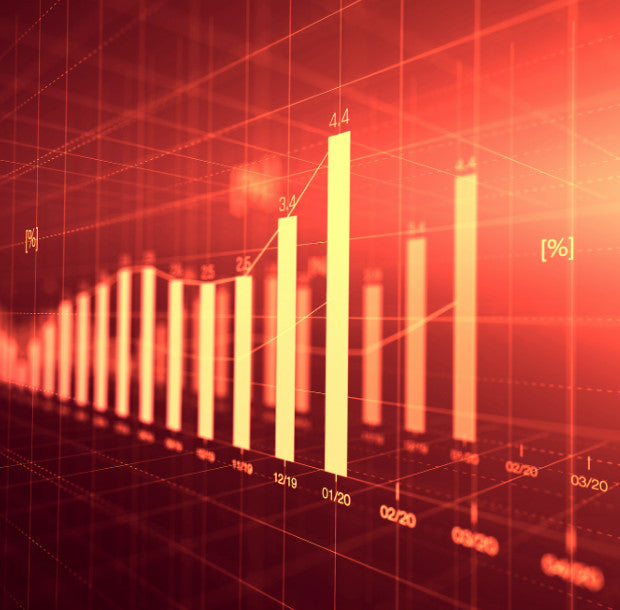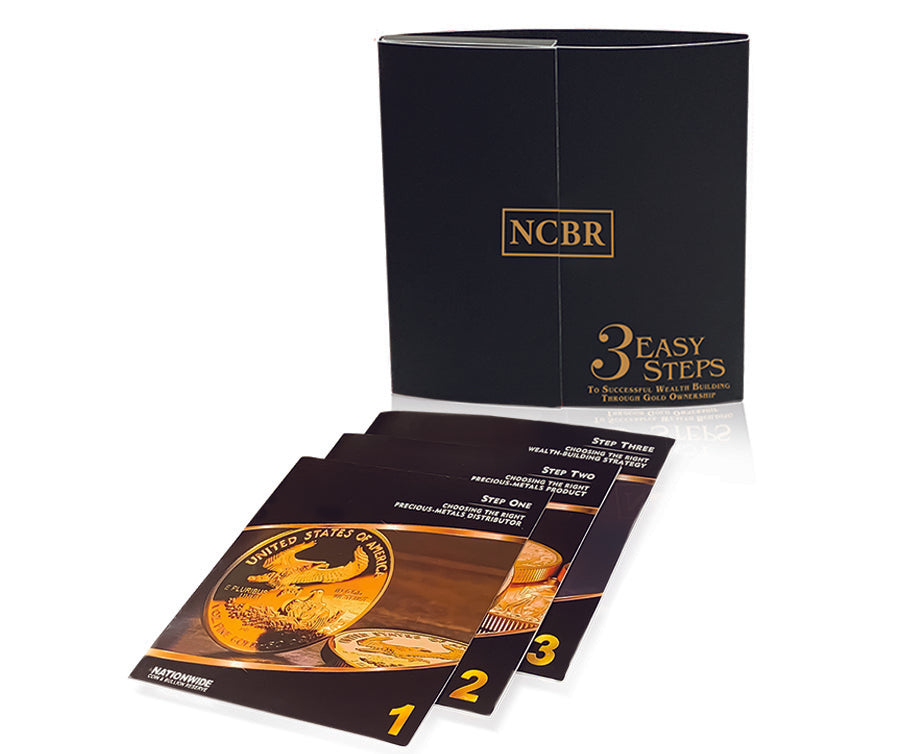We frequently get asked the question, “what is bullion?”. Bullion refers to gold or silver that is of 99.5% and 99.9% or more pure precious metal content.
Bullion pieces are most often seen in the form of precious metal bars, ingots, and non-numismatic coins. Because of their incredibly high purity levels, these bullion pieces are frequently used as reserved assets by the federal government and central banking systems.
In some scenarios, bullion is also referred to as “physical bullion.” This term can be used interchangeably to answer the question of “what is bullion” because it emphasizes what makes this particular form of precious metal diversification such an appealing purchase. By emphasizing the term “physical,” it is reiterated in a direct way that bullion is an inherently tangible asset that can be held in your hand or physically stored. This differs from other types of trades and portfolio items that are accessed electronically, such as gold futures.
AN INTRODUCTION TO BULLION
Understanding what bullion is and how it works in our economy is directly related to understanding how the government and central banking systems handle and leverage bullion in business settings.
In some cases, like when it is held in reserves, bullion is considered legal tender. This legality becomes true when bullion is being used as a leverage strategy against inflation or when it is being used to keep international debts at bay.
Another example of bullion being used as legal tender is when it is released by central banks through gold lending. In this example, it is essential to note that while 20% of mined gold is under the reserve of banking systems on a global scale, approximately 1% of that is lent out to bullion banks. When bullion is being lent to bullion banks, the bullion banks then use it in various activities involved in the precious metal markets. This includes bullion being used to manage risk, hedge investments, further trade, and more.
Bullion can be purchased relatively easily from banks, traders, and dealers in terms of personal, consumer-level use and diversification.
WHAT IS BULLION VS. NUMISMATIC?
Particularly in the coin industry, understanding the difference between “bullion” and “numismatic” is highly important. Although the subject of bullion is overall complex and multi-faceted, the answer to this is a bit more straightforward. As mentioned, bullion refers to tangible and physical assets that will always hold a steady value. This remains true for any of its several distinguished forms and both gold and silver.
Numismatic refers specifically to rare coins that are often sought after by collectors. While the two intersect because rare coins can often hold high value, the key difference is that their value is not static and, unlike bullion, can change with time. Whereas bullion value strictly depends on the spot price of either precious metal, numismatic is often more dependent on external factors like demand and timing.
BULLION IN 2021
After bullion coin sales more than doubled in 2020, adding precious metals to your portfolio remains a strongly recommended financial decision in 2021 to diversify assets further. Bullion sales remain steady and positive for several reasons relating to the economic outlook. These include the fact that precious metals are consistently essential in our economy and everyday products. Gold, in particular, is globally increasing in demand, along with other reasons.
Ultimately, while defining “what is bullion” can be difficult to fully understand with a brief search, it is a recommended way to diversify portfolios and stimulate the economy.
Real Time Precious Metals Data Below







